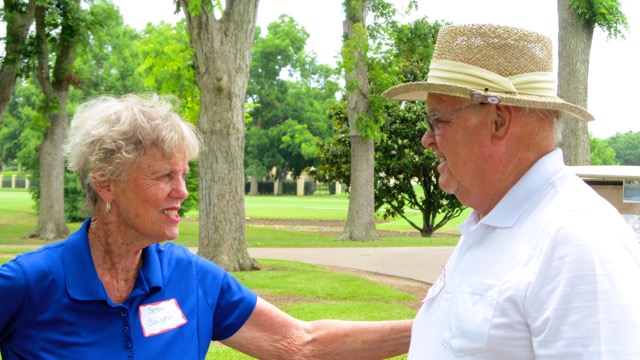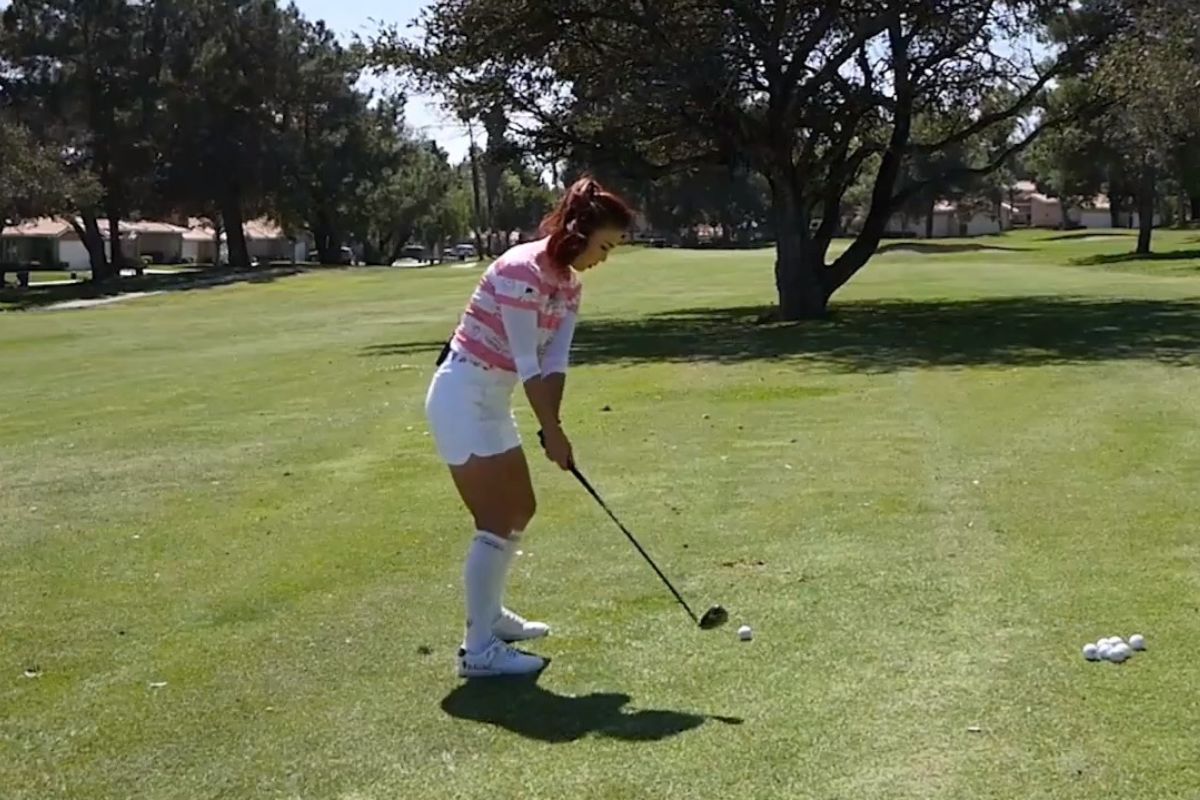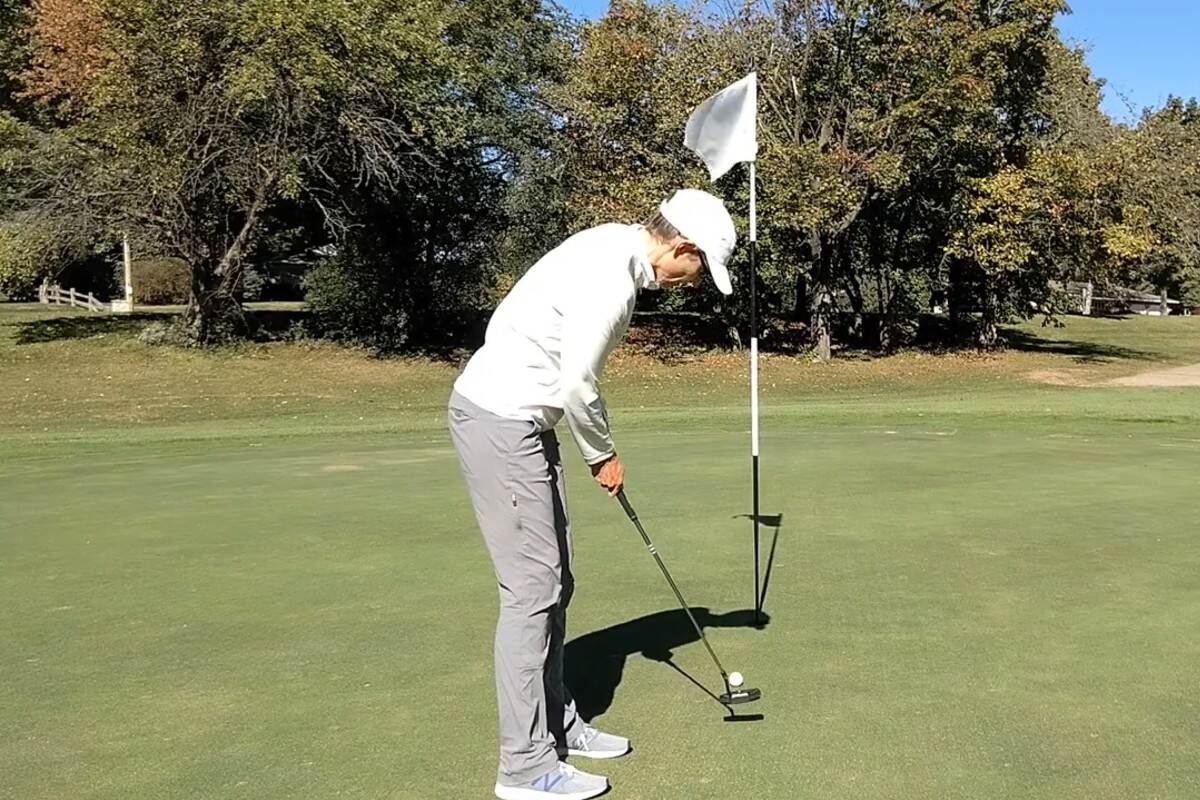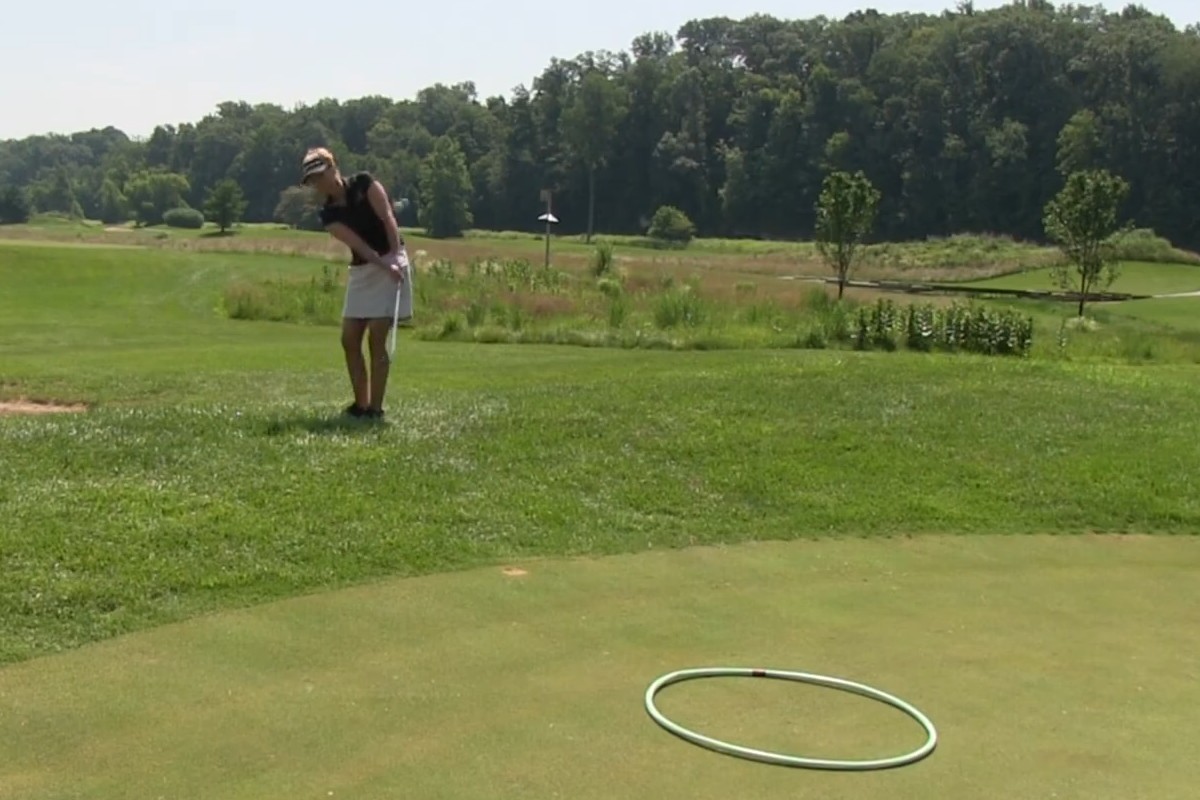We were honored by the opportunity to do a Q&A interview with three-time LPGA winner and Master Life Teaching Professional, Betsy Cullen.
Betsy had a very successful junior golf and amateur golf career prior to getting her education at the University of Oklahoma. After 15 years and 3 victories on the LPGA Tour, Betsy began her remarkable teaching career teaching thousands of golfers across America.
Betsy, there is so much that readers of Women’s Golf can learn from your playing and teaching experience, but first, what has golf meant to you in your life?
When all else fails I can swing a club and enjoy the moment. Swinging a club and hitting a ball have intrigued me from day one starting as a junior golfer. It is a pleasurable experience when hit well, and if not hit well an interesting assignment to correct.
That same pleasure and intrigue is experienced as a teacher. I have been fortunate as a player and teacher to be fascinated by the stroke of a golf shot.
What was it like to learn from the great Harvey Penick?
 During my first year on the LPGA Tour, I felt the need to find a golf teacher. After looking through the player book, I decided to ask Betsy Rawls if she could recommend someone. She said “Yes, I can recommend Harvey Penick who is my teacher, and in a few weeks I will be seeing him; however, I would recommend before you decide to take a lesson that you observe a lesson.” I agreed even though we were in Ohio and Harvey in Texas.
During my first year on the LPGA Tour, I felt the need to find a golf teacher. After looking through the player book, I decided to ask Betsy Rawls if she could recommend someone. She said “Yes, I can recommend Harvey Penick who is my teacher, and in a few weeks I will be seeing him; however, I would recommend before you decide to take a lesson that you observe a lesson.” I agreed even though we were in Ohio and Harvey in Texas.
When we got there the first thing Harvey asked Betsy was what was troubling her, and she said the shot to the right. He watched her hit a few balls, then said he had to leave to get something from his office and he would be right back. He came back with a weed cutter built with a golf shaft and golf grip. Then he said, “Swing this weed cutter just like you would a golf club and clip the grass right where you think the ball would be.” She did that about twenty times and then he said, “ Fine, now Betsy, swing your club the same way you swung the weed cutter and clip the grass the ball is sitting on.’ She did and the ball went straight and Harvey left immediately, saying,”That is it”
I was stunned and at once said “what happened?” She looked up and smiled and said, “I don’t know, but it is working.”
Harvey was brilliant at bringing out your confidence in your abilities for playing the game. He did this by helping you take “dead aim” for the shot you were to make. I learned from Harvey to change your approach when teaching competitive players for their mistakes may not be because of their golf swing. A valuable lesson for a teacher.
How has equipment and teaching for and by women changed over the last 30 years?
Clubs are now available to fit women. In the past, cutting down clubs for juniors and women made them too heavy with shafts too strong. Left-handers, juniors, and women were at a disadvantage in the past with the clubs they were using. Graphite and light weight steel shafts have made a huge difference.
There are more women and men teachers available who are wanting to teach women. When I first started teaching and when I would help a woman improve, shortly thereafter her husband would come for a lesson and say, “I have been trying to help my wife for twenty years and haven’t and you did. Maybe you can help me.” It always made me laugh.
What fundamental principles do you focus on with your students?
The components of set-up or addressing the ball, whether it is with the short game or long game. That is where I look first with skilled golfers and what I teach first to new golfers. I am noticing a grip that returns a square clubface, a balanced set-up that frees the joints to move, a ball position that influences the flight of the ball, and an aim for the club and the body that compliments one another. After that, to create a swinging motion with an order and synchronization of movement that promotes a good bottom of swing for solid contact.
 Do you have a favorite quick assist or golf tip that often gets good results for your students?
Do you have a favorite quick assist or golf tip that often gets good results for your students?
It can be anything in the set-up, but more often than not it is the left-hand grip. If it is not under the heel pad the club will be slipping and opening the clubface at the top and impact, and produce a shot to the right or a duck hook.
What is your favorite LPGA Tournament Playing memory?
The first win, the first hole in one, are always fun to look back on, however, the memories where I have learned something that took me to the next level of performance are the best. After several years of playing, a caddy gave me the insight that I was better at choosing a club for a shot when I had a yardage in mind rather than just sighting. In the early 60’s players picked their clubs for a shot by sight, what the shot should look like in the air and where it should land. They took pride in that skill. That could look at a shot and say,”6 iron.” Most of the greens were small and distance easy to see. Also, few golf courses we played in those days had 150-yard markers which I grew up using for club selection.
When large greens were introduced by architects in the 70’s PGA Player Jack Nicklaus successfully started using yardages to choose club selection. I decided to try it based upon what my caddy had told me, and it changed my scoring immediately. I won my next tournament, my first! I saw yardage over the bunker and to certain areas on the green, and my picturing of my target area and feel for the shot was greatly enhanced. I’m grateful to Nate Starks, my caddy for revealing this fact to me.

You’ve seen and played with many of the greats in our game. Who has been the golfer who has impressed you the most?
As you get older in life, you look back on people who were instrumental and beneficial in helping you play the game professionally. For me it would have to be Patty Berg, starting when I was a junior golfer and many years thereafter. Patty was a professional sports woman, an anomaly in the 50’s, and therefore a role model for aspiring young women golfers, whether she knew it or not. She traveled all over the United States giving very entertaining golf instructional clinics.
I was so fortunate that my Mother, not at all a sports woman, went to a Patty Berg Wilson Clinic to see her first professional sports woman personally. She came back and told me she had gone to this clinic, and that the Professional Golfer Patty Berg was “a Lady.” I realized later she was worried whether she should encourage me to play this sport, and Patty gave her permission.
Final question Betsy, and our favorite – how do you think we can keep encouraging more young women to take up and enjoy the game for life?
The female is social and if you can bring in the social aspect into learning the game I think girls will always have fun learning golf. Clinics or groups with two or more, and instruction along with time for each other seems to work best for girls. I try to get father and daughter groups together for this reason, and I have noticed the fathers like receiving more attention from the teacher when the daughters stop to visit with each other. When the bug bites and they become better players, playing with the boys becomes an option that girls and boys both enjoy.
 Betsy Cullen is a distinguished teacher based at the Pine Forest Country Club in Houston, Texas. In 2008, Betsy received the prestigious LPGA “Ellen Griffin Rolex Award” and was inducted into the Oklahoma Women’s Golf Hall of Fame (see video below).
Betsy Cullen is a distinguished teacher based at the Pine Forest Country Club in Houston, Texas. In 2008, Betsy received the prestigious LPGA “Ellen Griffin Rolex Award” and was inducted into the Oklahoma Women’s Golf Hall of Fame (see video below).
To contact Betsy at Pine Forest Country Club telephone 281-815-8514.
You can also follow Betsy Cullen online on Facebook or Twitter.







